JWH-210 is an analgesic chemical from the naphthoylindole family, which acts as a potent cannabinoid agonist at both the CB1 and CB2 receptors, with Ki values of 0.46 nM at CB1 and 0.69 nM at CB2. It is one of the most potent 4-substituted naphthoyl derivatives in the naphthoylindole series, having a higher binding affinity (i.e. lower Ki) at CB1 than both its 4-methyl and 4-n-propyl homologues JWH-122 (CB1 Ki 0.69 nM) and JWH-182 (CB1 Ki 0.65 nM) respectively, and than the 4-methoxy compound JWH-081 (CB1 Ki 1.2 nM).
n the United States, all CB1 receptor agonists of the 3-(1-naphthoyl)indole class such as JWH-210 are Schedule I Controlled Substances.[4]
JWH-210 and JWH-122 were banned in Sweden on 1 October 2010 as hazardous goods harmful to health, after being identified as ingredients in “herbal” synthetic cannabis products.[5][6] The substances JWH-210, JWH-122 and JWH-203 were classified as illegal drugs by the Swedish government as of 1 September 2011.[7]
ince 2009, more than 140 different synthetic cannabinoids (SC) have been identified in herbal mixtures consumed as recreational drugs. Knowledge of the acute toxicity of each individual compound remains sparse. Here we present a retrospective observational case series of patients presenting to emergency departments with analytically confirmed intake of JWH-210 as the only SC detected in serum samples. Cases were selected from a poison centre database from March 2011 to June 2014. In total, 22 patients were included (aged 12-25 years, median 17.5; 18 males 4 female). JWH-210 was identified in the serum samples in concentrations ranging from 0.18 to 90 ng/mL. Tachycardia, nausea, somnolence, hypokalemia, hypertension, restlessness, and/or agitation were most frequently reported. Diplopia, seizures, syncope, and ECG changes such as T-wave inversion and bradycardia were also noted. Acute adverse effects of JWH-210 typically include central nervous system depression or cerebral seizures, but also signs of sympathomimetic toxicity. Nausea was reported in 80% and typically shows a sudden onset shortly after inhalation, suggesting a central nervous effect possibly mediated by CB1 receptors. Cardiovascular effects are reported in up to 80% of the patients and might not only include alterations in blood pressure and heart rate, but also changes in the electrocardiogram (ECG). JWH-210 as a representative of a strong CB1 receptor agonist confirms previous reports about adverse effects of SC, but shows a distinct quantitative pattern of symptoms, compared to several other SC. Copyright © 2016 John Wiley & Sons, Ltd.
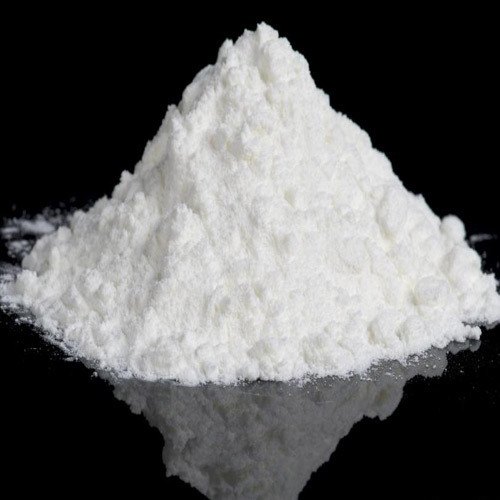
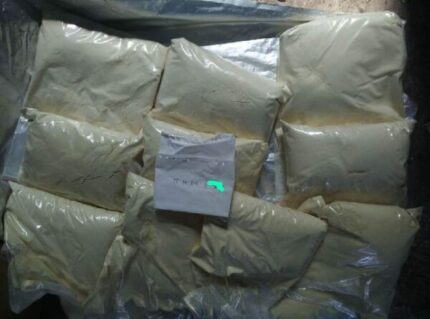
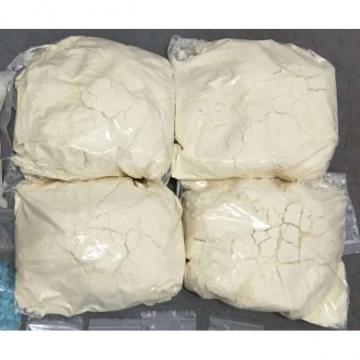




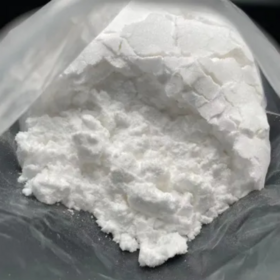
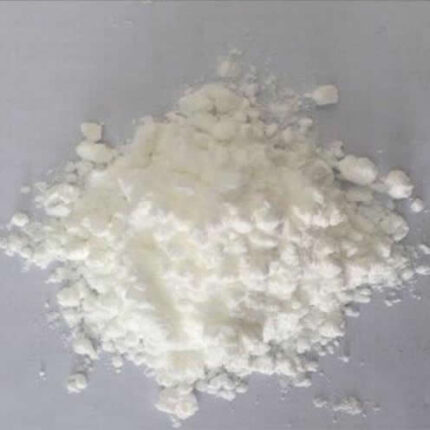
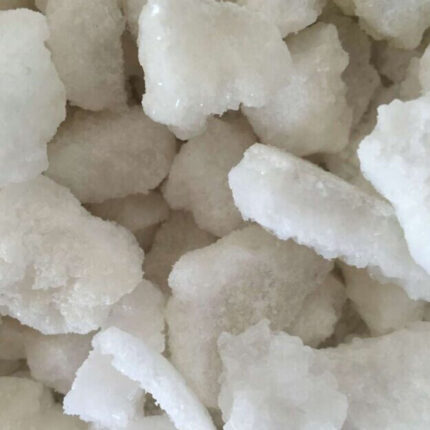
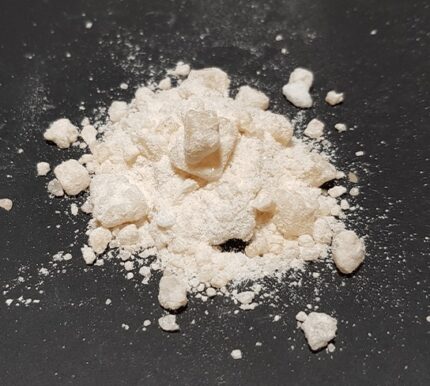
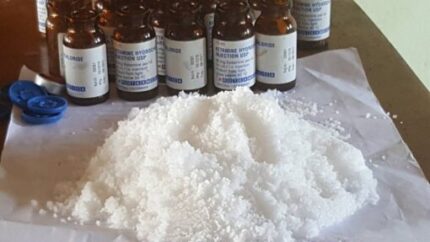
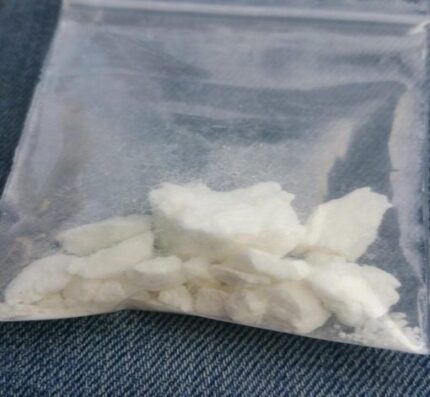
Reviews
There are no reviews yet.